WASHINGTON, DC – In a groundbreaking celebration earlier this year, the Library of Congress hosted one of the most spirited dance parties in its long and storied history. The occasion? Black History Month—and the spotlight was firmly on Soul Line Dancing, a beloved cultural tradition deeply rooted in the Black communities of Philadelphia, New Jersey, and Delaware.
This wasn’t just a party. It was the official archiving of Soul Line Dancing as an American folk art form, marking its permanent place in U.S. cultural history.
From the Streets to the Archives
The project, made possible by a grant from the Library of Congress, was led by Queen Nur (Karen Abdul-Malik), executive director of IN FACT (Innovative Solutions through Folk Art, Culture and Tradition). The effort included an extensive collection of oral histories, instructional videos, event photos, and interviews with dancers, choreographers, and community leaders who have kept this vibrant tradition alive.
On February 27, the Library of Congress event featured performances, group dances, and even a national television spotlight. Good Morning America aired a special eight-minute segment on the event, introducing viewers to the soul line dance phenomenon and teaching hosts a popular routine called “Boots on the Ground.”
Soul Line Dance: More Than Just Moves
Soul line dancing may be structurally similar to its country-western counterpart—with choreographed steps performed in synchronized lines—but its heart beats to the rhythm of soul, R&B, funk, gospel, and hip-hop.
While line dance in white America is often tied to cowboy boots and honky-tonk bars, soul line dance has roots that stretch deep into African and Caribbean communal dance traditions. These cultural expressions emphasize togetherness, rhythm, and celebration—elements central to the soul line dance experience.
Throughout history, Black social dances have shaped American popular culture. From “The Stroll” in the 1950s (which gained national attention via American Bandstand) to the Electric Slide of the 1970s disco era, and now the rise of modern routines like Wobble and Cha Cha Slide, soul line dancing has continued to evolve with the times.
Steve Dillard: A Local Champion with National Impact
Among the many who traveled to Washington for the event was Steve Dillard, a dedicated soul line dance instructor from Peekskill, NY. Known across Westchester County, Dillard has played a crucial role in growing the soul line dance community over the past decade.
Originally introduced to the dance form by instructor Earl Johnson, Dillard transitioned from student to teacher, eventually founding Fun Bunch Line Dance. His classes now span across Peekskill, New Rochelle, Cortlandt Manor, and Tarrytown (at the Shames JCC), where he leads both beginner and advanced classes.
Dillard describes soul line dance as “a community as much as it is a workout.” It’s a joyful blend of movement, music, memory, and social connection that appeals to all ages. He currently teaches nine classes a week and hosts workshops and social events, some lasting entire weekends and drawing participants from across the tri-state area—and even as far as Ohio and South Carolina.
Wobble on the Hudson: Peekskill’s Signature Celebration
Dillard’s flagship event, now in its fifth year, is the much-anticipated Wobble on the Hudson, held at Peekskill’s Riverfront Green Park. This year’s celebration is set for July 26, with a morning workshop from 9 a.m. to 12 noon, followed by dancing from 1 to 6 p.m. Weekend festivities also include additional events on Friday and Sunday for visiting dancers.
Hundreds are expected to attend, all united by a shared love of music and movement.
“The magic of line dance, particularly at such a divisive time in our country, is that it gets people of all ages and races on the dance floor together,” says Dillard. “We learn the steps together, then we dance together—all doing the same movements at the same time.”
A Folk Art for the Mind, Body, and Soul
Soul line dancing isn’t just a cultural tradition—it’s a therapeutic, brain-boosting, and joy-filled form of expression. Dillard emphasizes its benefits: improved memory, coordination, cardiovascular health, and self-confidence.
“Even newcomers can begin almost immediately to feel a new level of competence and confidence,” he explains. “It’s simply good for what ails you.”
And the community motto says it all:
“You don’t stop dancing because you grow old. You grow old because you stop dancing.”
Preserving Black Culture Through Dance
Thanks to the efforts of Queen Nur, the Library of Congress, and advocates like Steve Dillard, soul line dancing now holds a rightful place among America’s treasured folk arts. What began as a local tradition in Black communities has grown into a national movement—celebrated not only for its steps but for its cultural resilience, community impact, and capacity to bring people together.
From the hallways of the Library of Congress to the riverfront of Peekskill, soul line dance continues to make history—one shuffle, kick, and slide at a time.

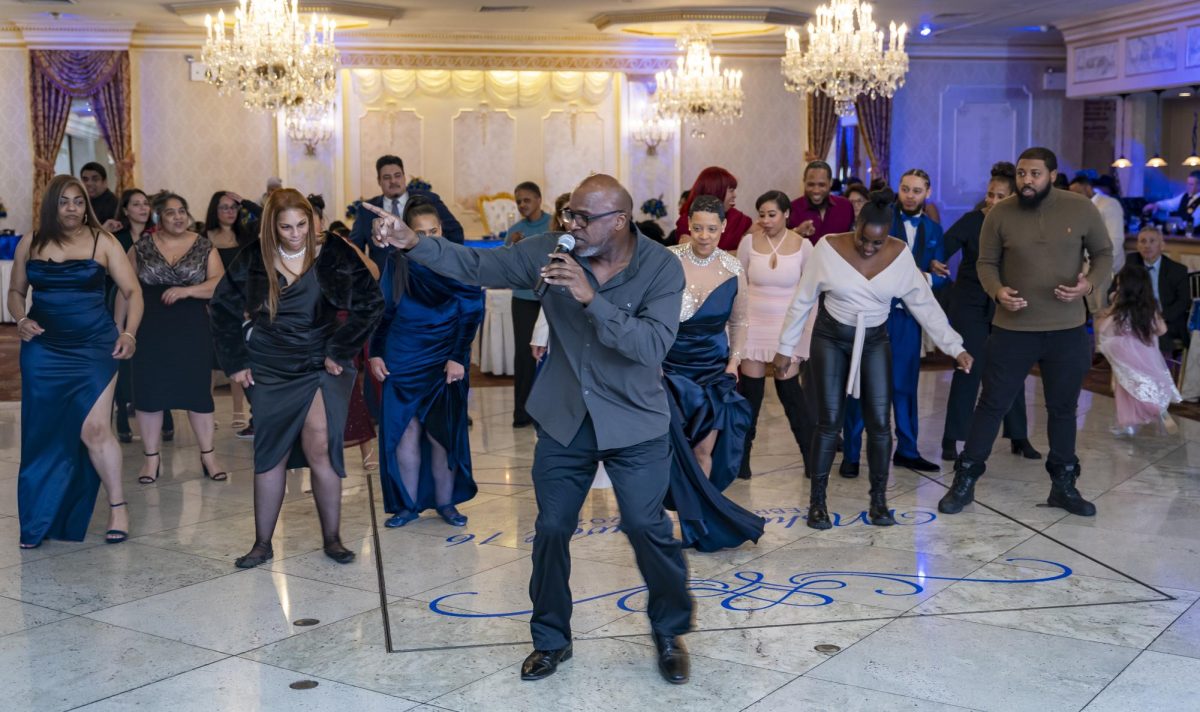
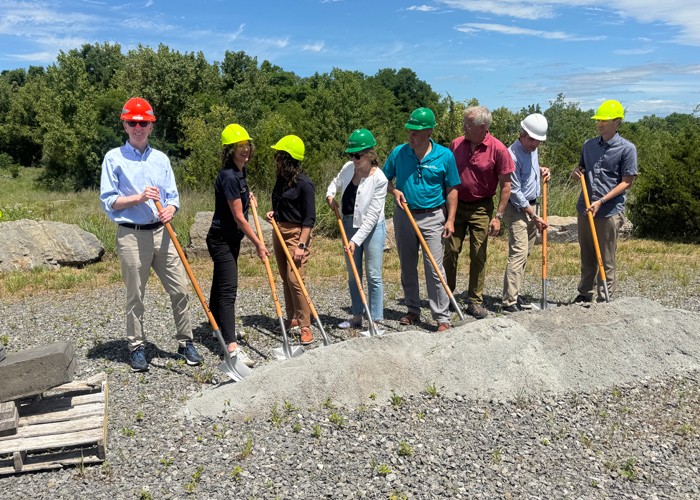
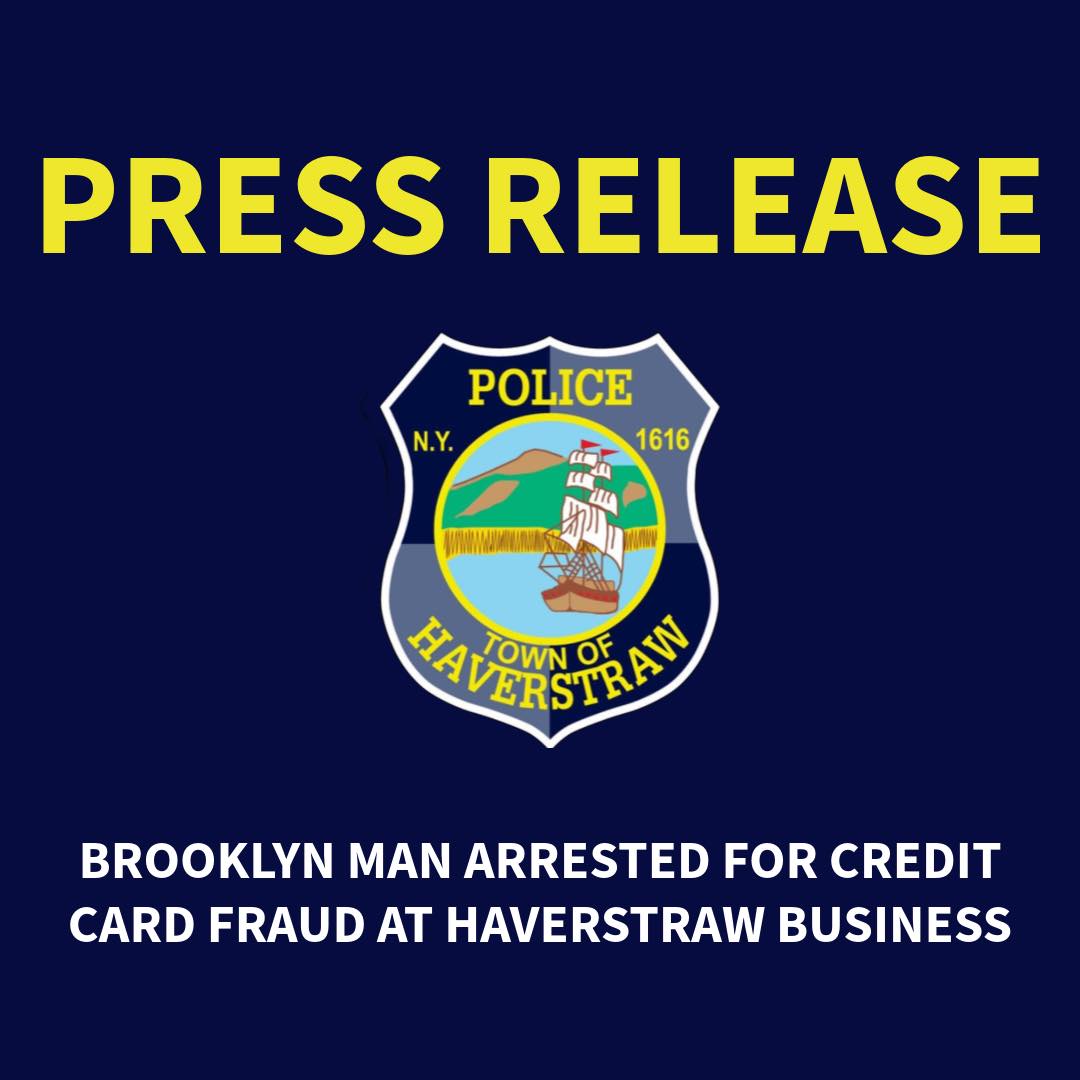
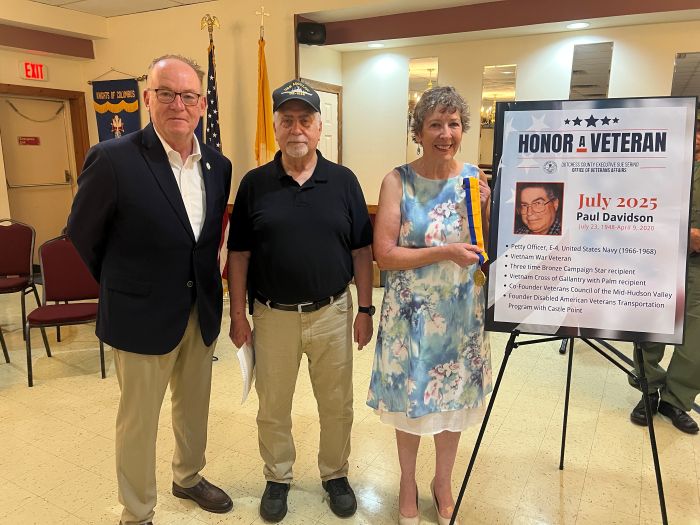

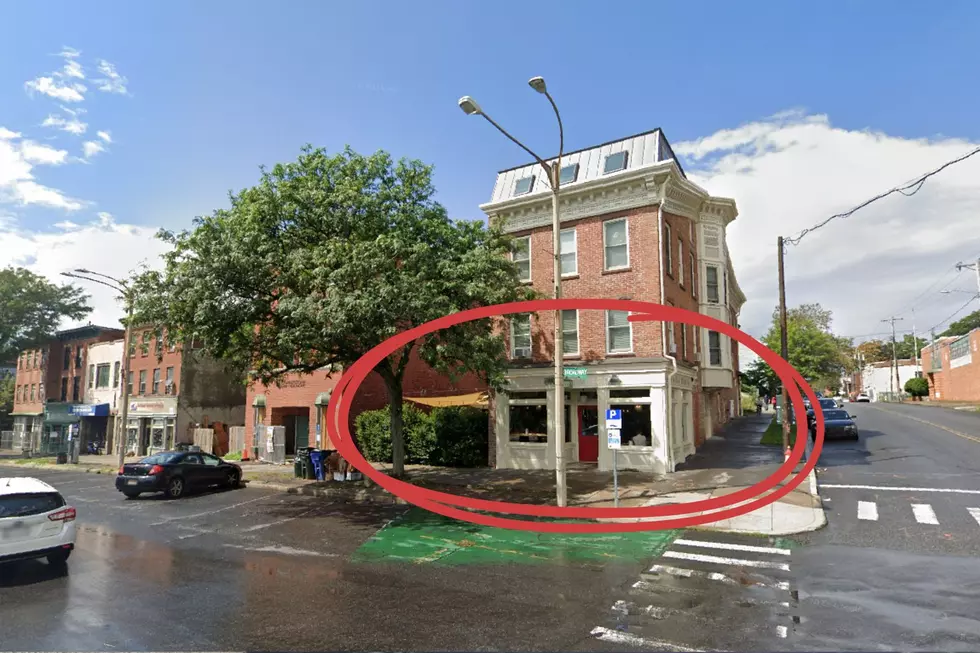



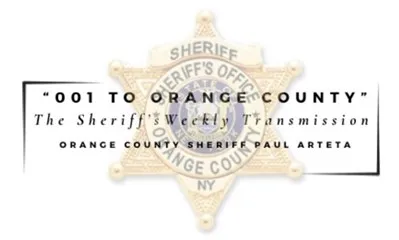





Leave a Reply